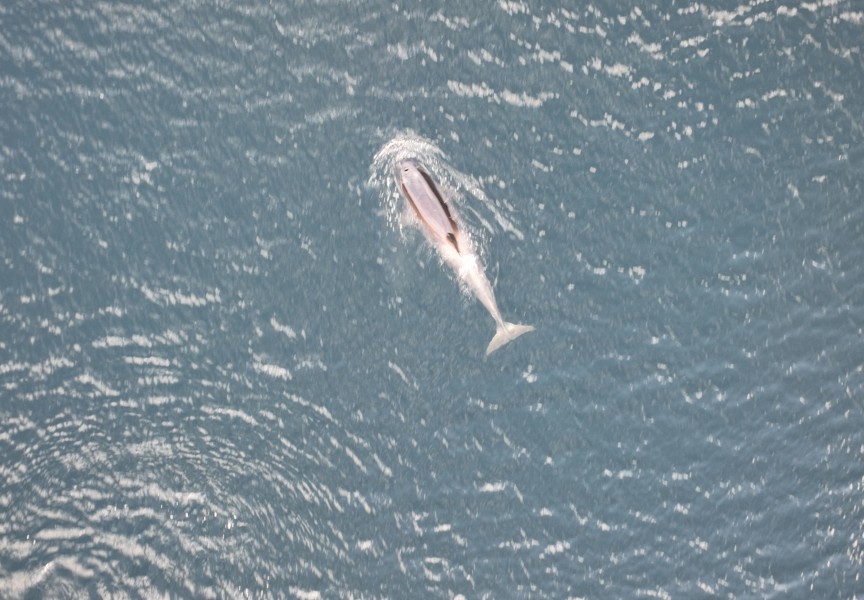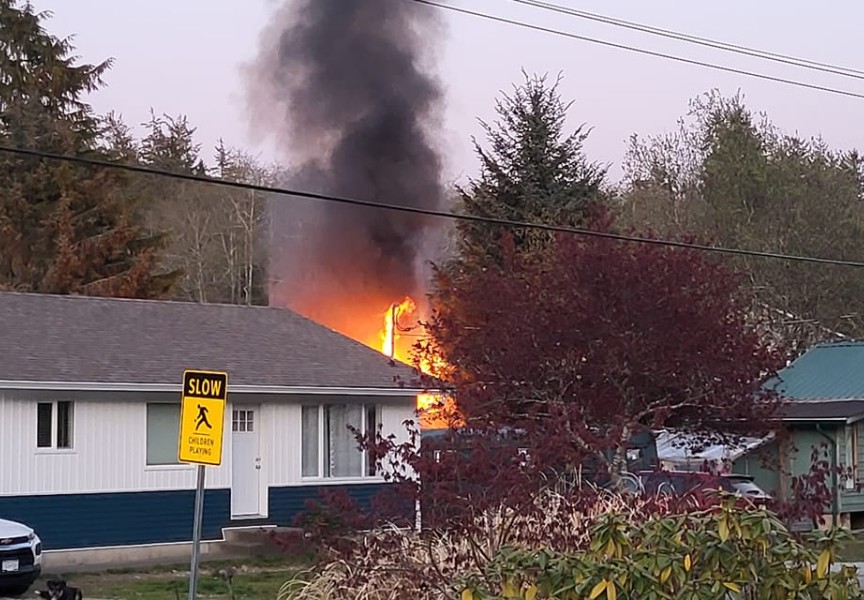UPDATE: Sept. 3, 2015 at 10:16 a.m.
In a terse news release issued late Sept. 2, Compliance chairman Jim O'Rourke announced that Compliance president Stephen Elli had "resigned as an officer of the company to pursue another opportunity." O'Rourke advised that Ellis would "continue on as an advisor and aid in an orderly transition until his successor is appointed." There is no mention of the contentious letter or any indication of what direction the company might pursue in the Raven Coal project.
A blistering letter from the president of Compliance Coal Corporation to the provincial Environmental Assessment Office has led Tseshaht First Nation to reassert its demand that the proposed Raven Underground Coal Project be terminated.
On Aug. 25, Compliance president Stephen Ellis wrote EAO Executive Project Director Shelley Murphy to reject a proposed meeting to discuss how his company might re-start the application process, which he suspended on March 2.
“I see little merit in sitting down with the EAO to review EA options for the Raven Project,” Ellis wrote, citing the EAO’s “reluctance” in accepting the application. He called the Compliance Application Information Requirement (AIR) package “one of the most comprehensive ever developed for a mining project in B.C.”
Despite two days of attempts by telephone and by e-mail Sept. 1 and Sept. 2, Ha-Shilth-Sa was unable to reach Stephen Ellis or any other person connected to the company for comment.
The project, which would see coal mined on the East Coast of Vancouver Island trucked to a terminal to be built in Port Alberni, has undergone a torturous approval process, largely as the result of failures by the proponent to meet statutory requirements set by the province and the federal government.
On May 16, 2013, the EAO ruled that the application was incomplete and that the proponent had not met its Constitutional obligation to consult with Tseshaht. The EAO subsequently provided Compliance with detailed instructions on how to address the deficiencies and how to conduct proper consultations.
In October 2014, Compliance re-submitted its application to the Raven Coal Working Group, of which Tseshaht is a stakeholder. The next step, after a review by the Working Group, would be for the proponent to submit the application to the EAO.
But rather than submit the new AIR to the EAO, Ellis withdrew the application on the basis of “misinformation that is circulating in some communities.”
On June 7, Compliance officially failed to meet an EAO-imposed three-year deadline to consult with Tseshaht. Based on that failure, Tseshaht made the first request for termination of the project.
In his Aug. 25 letter, without acknowledging his company’s failure to live up to its obligations, Ellis complained that delays in the application process have caused two major international investors to withdraw from the project, and appeared to blame EAO for the holdups.
“It has become a concern to Compliance Coal that the EAO will continue to place roadblocks ahead of the Application for the Raven Underground Coal Project and into the Application review irrespective of whether the Application meets or exceeds all of the AIR requirements,” Ellis wrote.
Of particular concern to Tseshaht is Ellis’ contention that the Working Group did not have the competence to make a proper evaluation of the application.
Despite conceding that Compliance failed to meet the July 7 deadline to consult with Tseshaht, Ellis continued, “We believe, however, that the EAO are not treating the proposed Raven Underground Coal Project in a fair and transparent manner and that the Project would never be able to achieve an [Environmental Assessment] certificate given the built-in biases in the review process, the lack of Working Group expertise in screening the Application, and the EAO’s reluctance to acknowledge that in fact the AIR has been complied with.”
For Keith Hunter, who represents Tseshaht on the Working Group, that allegation of “built-in bias” is especially insulting. Ellis wrote:
“In addition, the makeup of the Working Group includes members who have publicly opposed the Project from the outset based on information not related to the technical merits of the Project.”
“We didn’t go into this process with the idea that we would stop them,” Hunter said. “Our job was to see that due diligence was done in a thorough and professional manner.”
Hunter explained that, following the March 2 withdrawal of the application by Compliance and the passing of the July 7 deadline to consult, the EAO proposed a meeting with the proponents and the Working Group to discuss how the process could be re-started. That was the “sit-down” so vehemently rejected by Ellis on Aug. 25.
Hunter said that, based on the content and tone of the Compliance letter, Tseshaht re-asserted the July 7 request for EAO to terminate the project.
“They showed no willingness or no intent to correct the application deficiencies. Beyond, that, by saying the application was complete – as originally submitted in May 2013 – they also inferred that the consultation requirement had been met.”
Back in 2013, Ha-Shilth-Sa reported that the company had also withheld parts of its own environmental and geotechnical reports from the Working Group. In one report, scientists concluded that dredging the harbour to accommodate Panamax-class bulk carriers could cause serious contamination of the food chain by releasing toxic chemicals (such as PCBs) from the historic “fibre-mat” of kraft mill effluent.
To compound the threat, the Compliance-contracted geotechs warned that large-scale pile-driving required to build the new terminal could cause the entire port complex and the adjacent hillside to collapse.
Hunter said this updated information, potentially damaging to the proponent, would have been factored into any new discussions.
Ellis concluded his letter with, “The very commitment to the [BC]EAO in working towards an effective and efficient [Environmental Assessment] on the Raven Project is in doubt. To that end we are currently considering our options and seeking advice on how to address this issue.”
Contacted Sept. 1, EAO media relations officer David Karn advised that no one was available to speak with Ha-Shilth-Sa, but he provided a comprehensive statement from the Ministry of Environment.
According to the statement, the EAO re-stated that the Raven Coal application required additional information.
“We came to that determination following a careful review, conducted with the assistance of experts from the provincial government, other levels of government and Aboriginal groups.”
The statement noted that the company has failed to produce a complete application in three years.
It concluded, “Pursuant to section 24(3) of the Environmental Assessment Act, we must now determine the appropriate next step. The options include the suspension or termination of the environmental assessment or the updating of key documents to ensure they are current.”
Hunter noted that the (federal) Canadian Environmental Assessment Agency has yet to weigh in on the Aug. 25 letter, but added that CEAA has also cited deficiencies on the part of Compliance throughout the application process, and has the power to terminate the project.






